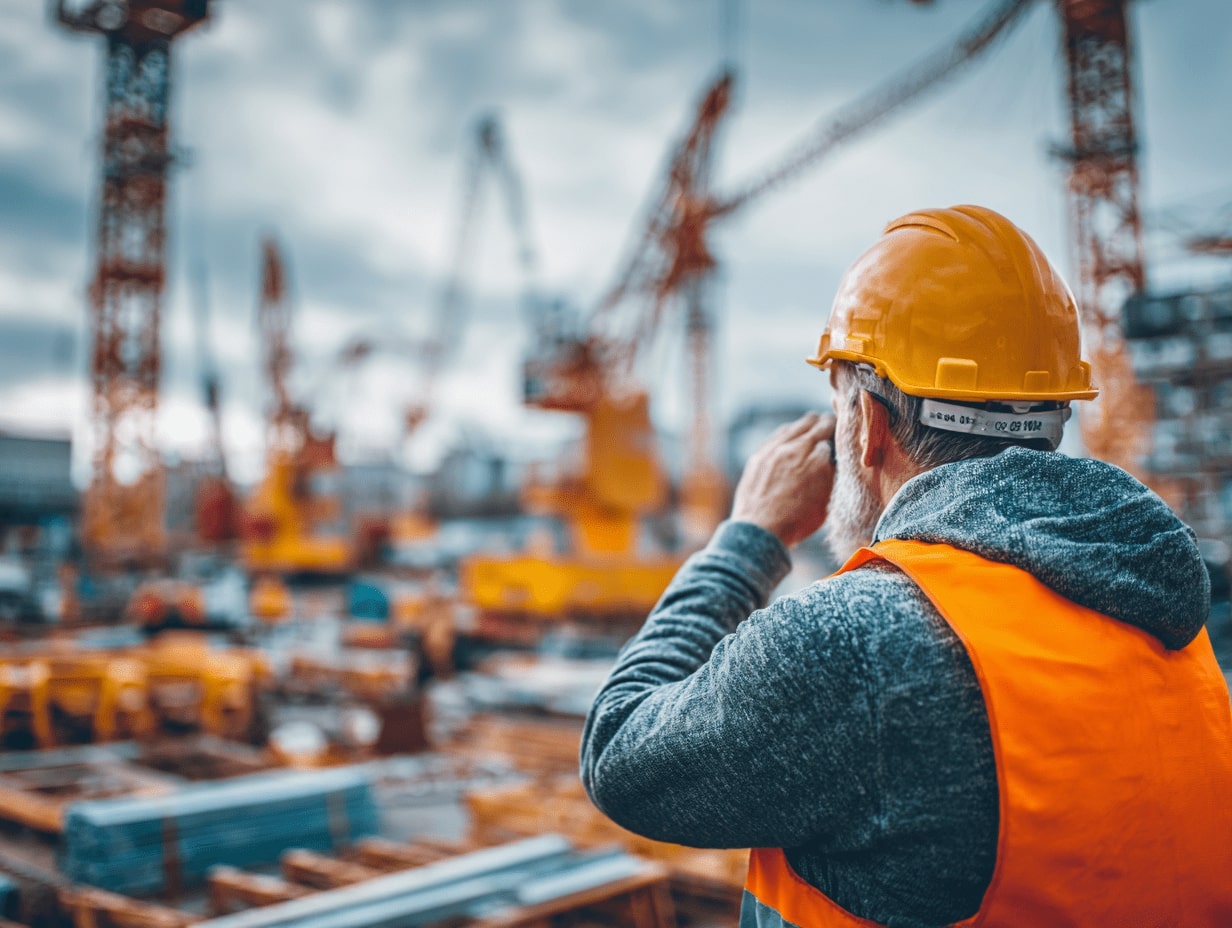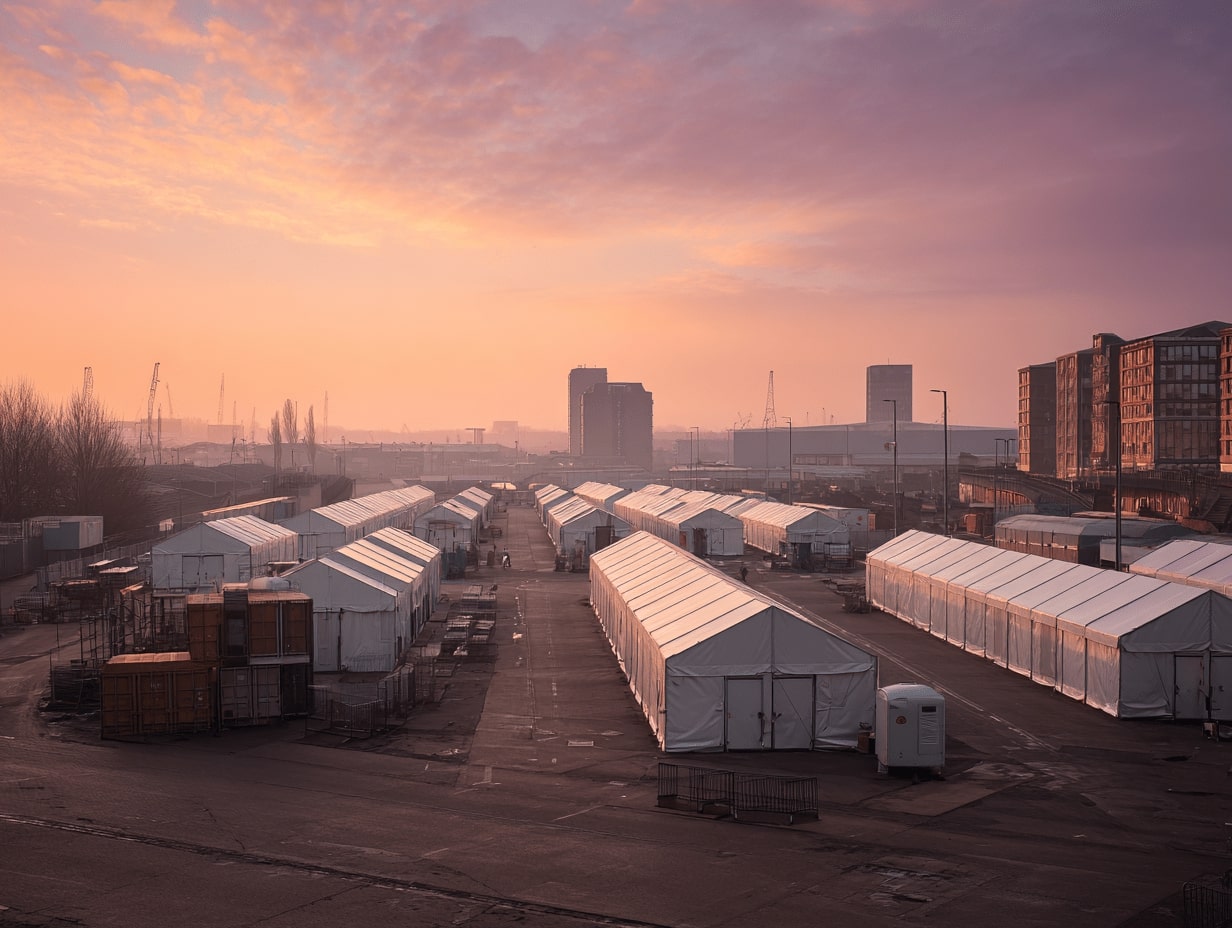- Home
- Articles
- Architectural Portfolio
- Architectral Presentation
- Inspirational Stories
- Architecture News
- Visualization
- BIM Industry
- Facade Design
- Parametric Design
- Career
- Landscape Architecture
- Construction
- Artificial Intelligence
- Sketching
- Design Softwares
- Diagrams
- Writing
- Architectural Tips
- Sustainability
- Courses
- Concept
- Technology
- History & Heritage
- Future of Architecture
- Guides & How-To
- Art & Culture
- Projects
- Interior Design
- Competitions
- Jobs
- Store
- Tools
- More
- Home
- Articles
- Architectural Portfolio
- Architectral Presentation
- Inspirational Stories
- Architecture News
- Visualization
- BIM Industry
- Facade Design
- Parametric Design
- Career
- Landscape Architecture
- Construction
- Artificial Intelligence
- Sketching
- Design Softwares
- Diagrams
- Writing
- Architectural Tips
- Sustainability
- Courses
- Concept
- Technology
- History & Heritage
- Future of Architecture
- Guides & How-To
- Art & Culture
- Projects
- Interior Design
- Competitions
- Jobs
- Store
- Tools
- More
How Safety Violations Turn Into Legal Liability on Construction Sites

When someone gets injured on a site, most people think of workers’ comp first. But the truth is, that’s just the beginning. Especially in a place like Los Angeles, where laws around construction safety are strict, even a minor incident can turn into something much more serious. You might think it was just bad luck or an honest mistake.
A court may see it differently. If a safety violation leads to an injury, the legal consequences can go beyond fines and reports. Your company could face liability. You could too. It doesn’t take much to shift the blame in your direction when records are missing and warnings are ignored.
In this article, you’ll learn how safety violations become legal cases and what you can do now to lower that risk before someone else defines it for you.
Table of Contents
ToggleIt Always Starts Small
Most legal trouble on construction sites doesn’t begin with something dramatic. It usually starts with something small. A guardrail that was never installed. A harness that was hanging nearby but never used. A scaffold that wasn’t properly secured.

Workers don’t always speak up about these things, especially when they’re racing to meet tight deadlines. Yet when someone gets hurt, every decision leading up to that moment will come under the microscope. This is especially true in cities like Los Angeles, where construction is tightly regulated and liability cases are common. In these environments, the scrutiny can be intense.
When an Accident Becomes a Legal Case
What turns an accident into a legal case is often one thing: negligence. That means someone either knew, or reasonably should have known, about a risk and didn’t take steps to fix it.
Once someone gets hurt, the legal process moves quickly. Investigations begin. Safety records are reviewed. Supervisors and witnesses are interviewed. At that point, it is no longer about what was said on the site. It becomes about what can be proven.
The legal outcome also depends heavily on where the incident took place. Each state has its own workplace safety regulations, labor laws, and liability rules. For example, cities like Los Angeles follow California’s stricter construction safety standards, which can make a big difference in how a case is handled. Because of these differences, many injured workers speak with a construction accident lawyer Los Angeles based or one in their own area to understand what applies to their situation. These attorneys look closely at whether safety procedures were followed, if there were past violations, and whether the injury could have been prevented.
If there is evidence that basic precautions were skipped, the case often becomes much more than a standard injury claim.
The Importance of Documentation
Proper documentation can make or break your defense. Safety meeting notes, incident reports, and inspection records are not just paperwork. They are critical proof that can show your site was being managed responsibly. If that documentation is missing, it becomes much easier for someone to argue that safety was not a priority.

Far too many site managers believe that fixing an issue verbally is enough. Unfortunately, it is not. If someone later claims they were never trained or that a hazard went unaddressed, your only line of defense is the paperwork. If it doesn’t exist, the court will likely assume it never happened.
How Liability Extends Beyond the Company
Legal responsibility doesn’t always stop at the company level. In some cases, site supervisors, foremen, and even project managers can be held personally accountable. If your actions or your failure to act contributed to unsafe conditions, your name can appear directly in the lawsuit.
This becomes even more serious if the injury involves long-term health problems, lost income, or permanent disability. The compensation demanded in those cases can reach far beyond basic workers’ compensation. In some situations, even personal assets can be at risk if gross negligence is proven.
Repeat Violations Make It Worse
If your site has a history of safety violations, your position becomes even more difficult. Repeated issues tell a clear story. They suggest that safety was not being taken seriously. That kind of pattern is exactly what attorneys highlight when building a case.

Courts are far less forgiving when it appears that multiple chances were given to correct a problem, but no action was taken. Even if the latest incident seems unavoidable, the trail of previous warnings will work against you.
Concluding Thoughts
On a busy construction site in a city like Los Angeles, the pressure to meet deadlines can cause people to cut corners. When safety is ignored, however, the consequences can extend far beyond the job itself. Taking the time to do things properly and documenting each step along the way can protect both your workers and your future.
Submit your architectural projects
Follow these steps for submission your project. Submission FormLatest Posts
Why Legal Support Is Critical After a Serious Construction Accident
If you are dealing with a construction accident or have ever watched...
7 Common Myths Every Contractor Should Stop Believing
The construction landscape is a complicated place at the best of times,...
Automation in Construction: Why Human Safety Still Matters
Automation in construction can cut injuries, but new risks emerge. Learn practical...
The Beauty of Temporary Buildings: Why Ephemeral Architecture Captivates Us
Explore the beauty of temporary buildings with design principles, sustainable materials, and...












Leave a comment